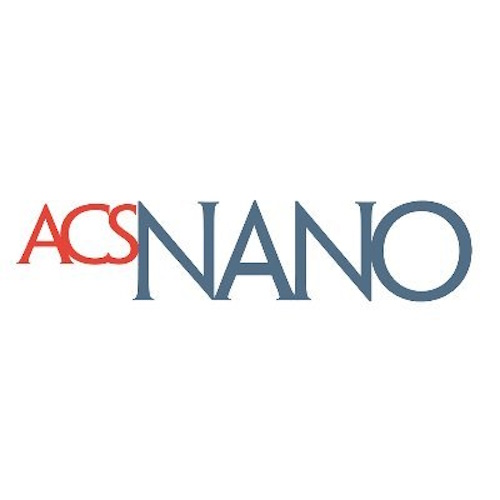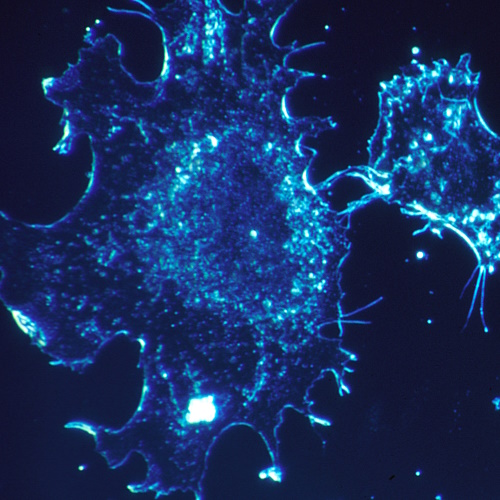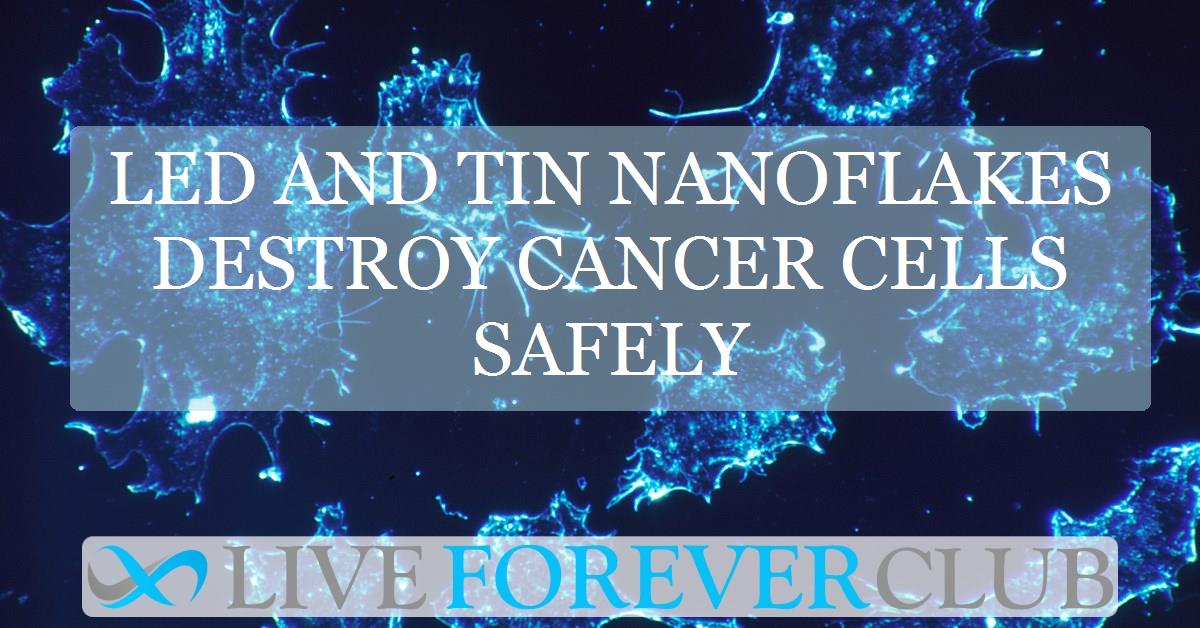Key points from article :
A collaborative team from The University of Texas at Austin and the University of Porto has developed a promising new cancer treatment that uses LED light and tin-based nanoflakes (SnOx) to selectively destroy cancer cells while leaving healthy cells unharmed. Led by Jean Anne Incorvia at UT Austin and Artur Pinto at the University of Porto, the researchers aimed to create a therapy that is not only effective but also safer and more accessible than traditional options like chemotherapy or laser-based photothermal therapy.
Published in ACS Nano, their study demonstrated impressive results: just 30 minutes of LED exposure killed up to 92% of skin cancer cells and 50% of colorectal cancer cells, without harming normal human skin cells. This approach leverages near-infrared photothermal therapy, which heats cancer cells via light absorption until they die, but replaces expensive, high-power lasers with safer, low-cost LEDs. The SnOx nanoflakes act as a catalyst, enhancing the precision and effectiveness of the treatment.
The team’s work also emphasizes accessibility and potential clinical translation. They envision portable LED-based devices that could allow patients, particularly those with skin cancers, to receive treatment at home after surgery, reducing recurrence risk and minimizing side effects. The researchers are also exploring other catalyst materials and further refining the light-heat interactions to expand the technology’s applications, including developing an implant for breast cancer patients.
This effort builds on the UT Austin Portugal Program, a long-standing research partnership fostering collaboration between UT and Portuguese institutions. By combining expertise in materials science, engineering, and biology, the team has taken a significant step toward a safer, more effective, and widely available cancer therapy.








